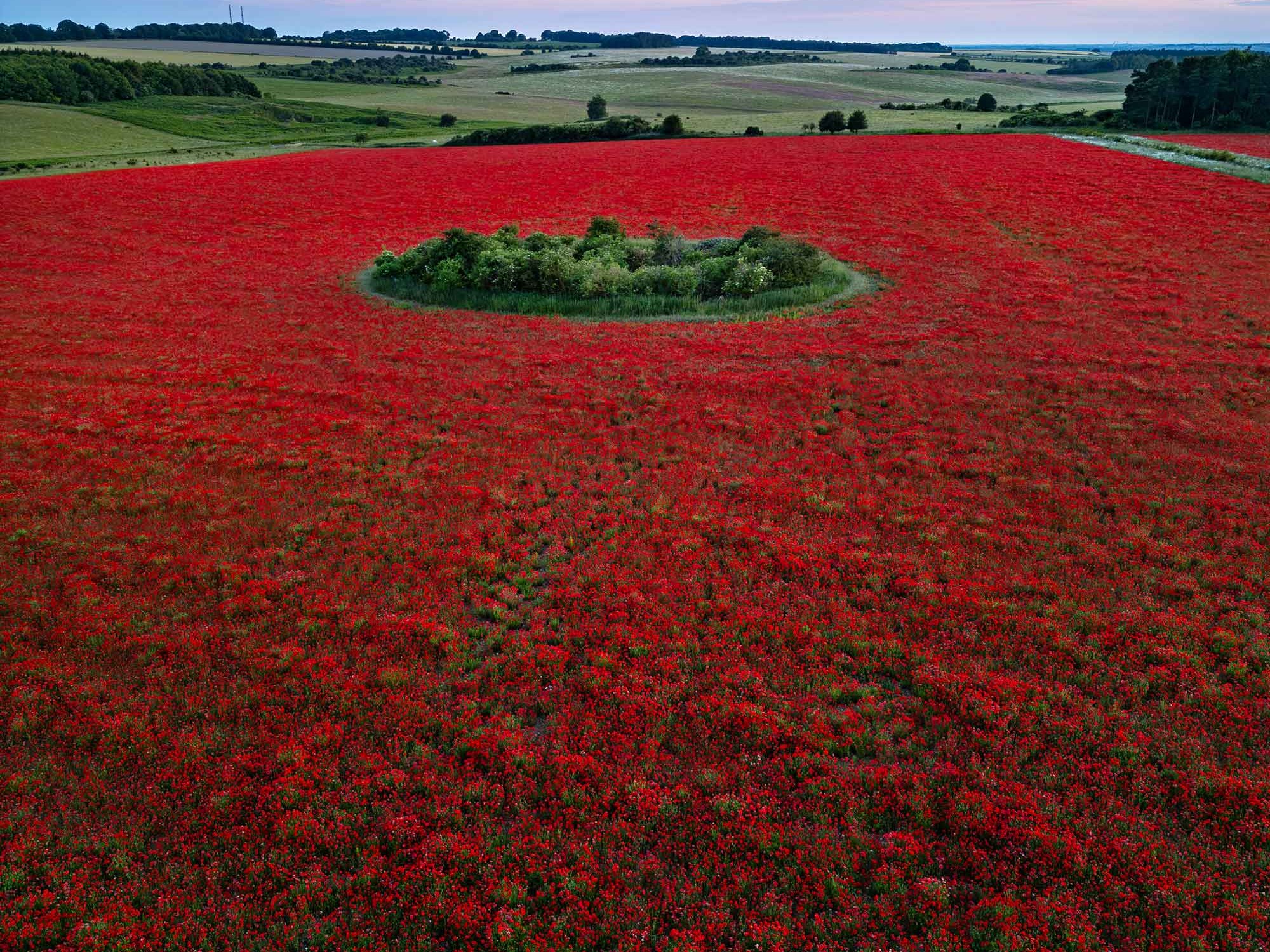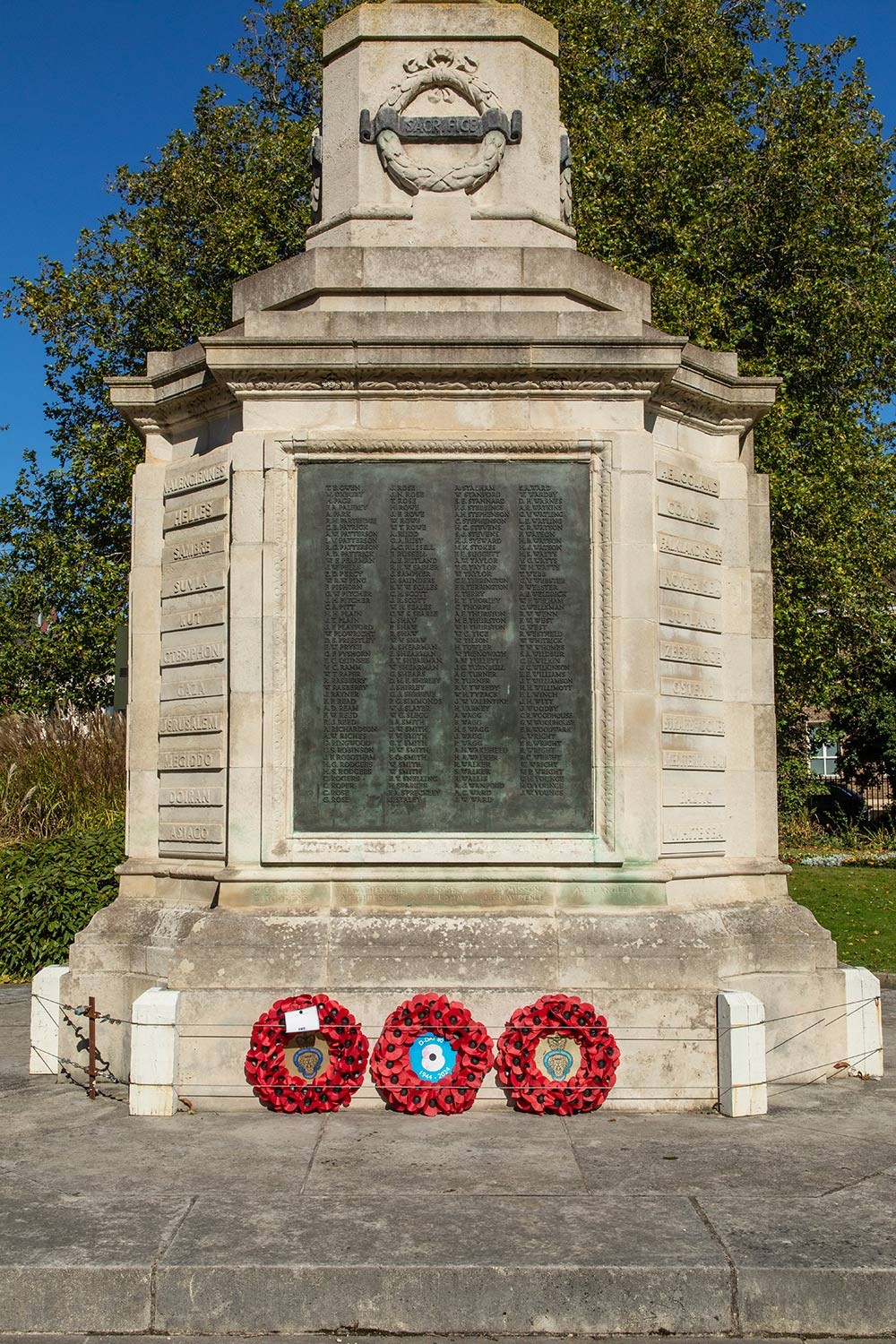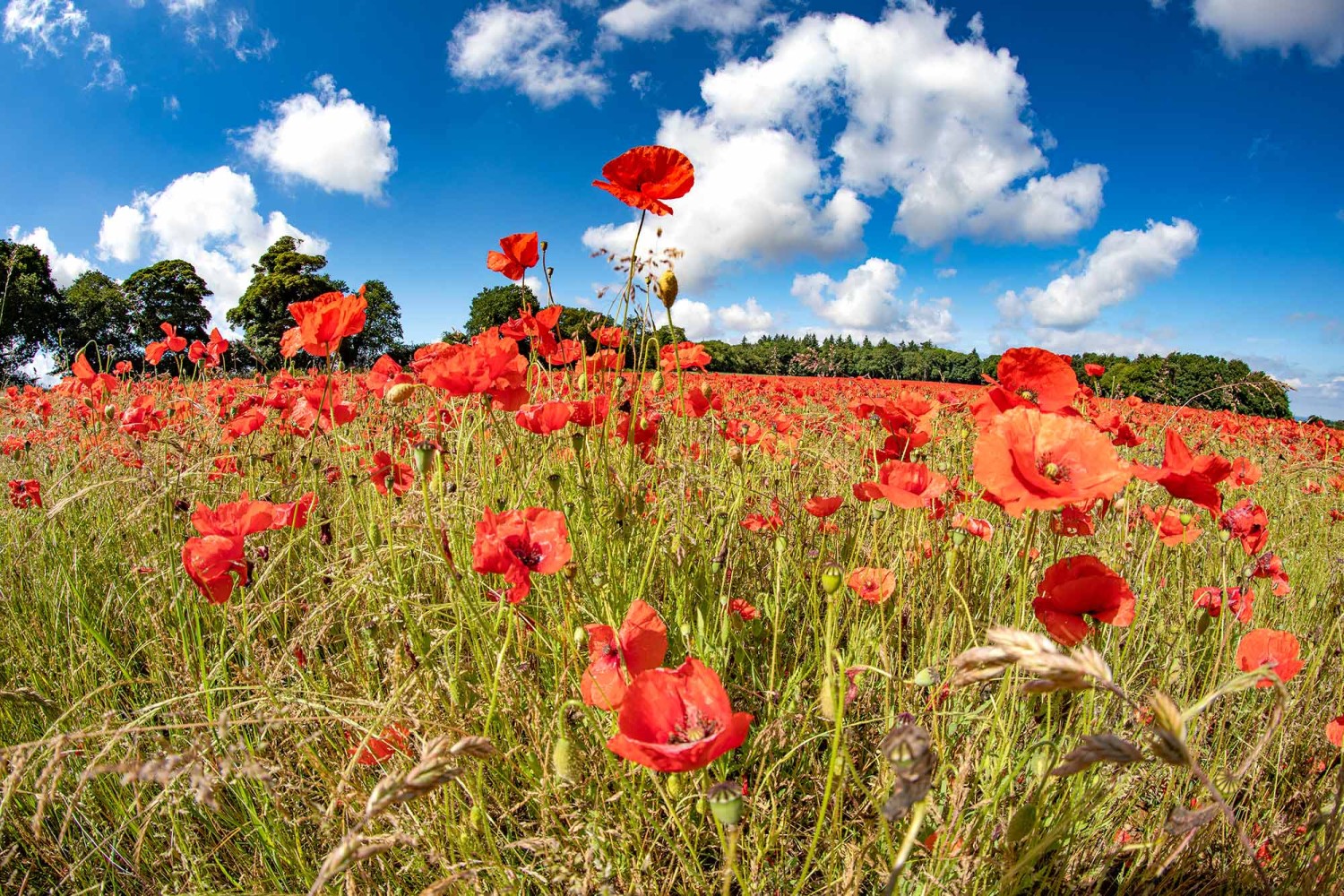
A small wildflower with a profound history
The poppy stands as a symbol of remembrance for those who served in the First World War and subsequent conflicts, possessing a notable history and strong ties to Norfolk
While driving through the sprawling fields of Norfolk, the sudden sight of a burst of wildflowers offers a pleasing break from the predominant shades of green. The vibrant red of the common poppy stands out among the other countryside plants, and as Norfolk’s County flower, it’s particularly delightful to see them in bloom.
In the 19th century, the humble poppy captivated poet Clement Scott, who traversed the county’s newly constructed coastal railway in 1883 for a charming holiday in Cromer. He also visited the nearby villages of Overstrand and Sidestrand, feeling so inspired by these ‘pretty watering places’ that he wrote an article for The Daily Telegraph, extolling the allure of his serene Norfolk escape.
Scott coined the term “Poppyland” to describe the county due to the profusion of wild poppies that grew across its rural landscapes. His articles, poetry and books on the topic became so popular that they attracted swathes of Victorians to many of the area’s enchanting seaside villages. His most famous poem, “The Garden of Sleep” was composed in Sidestrand’s churchyard, his favourite place to revisit: “In my garden of sleep, where red poppies are spread, I wait for the living, alone with the dead.”
Scott’s evocative floral poetry helped solidify Norfolk’s identity as ‘Poppyland’, deepening the county’s connection to the stunning scarlet blooms. The railway that ran from Norwich to Cromer has since become a heritage line, now part of the North Norfolk Railway, and it remains endearingly referred to as the ‘Poppy Line’.
However, the pockets of poppies dotted along roadsides or sprinkled across fields are becoming increasingly rare. Decades of intensive farming have created challenges for these fabulous yet fragile flowers, with aggressive fertilisers and herbicides inhibiting their growth.
Although the common poppy is in decline, it is not considered endangered owing to recent sustainable farming practices and the resilience of the flower itself. A single plant can produce up to 60,000 seeds that remain dormant in the soil for over 80 years, ready to germinate when conditions are optimal. Thus, Norfolk harbours a hidden seed bank, poised to flourish when the time is right.
These self-sustaining strategies have enabled the poppy to survive over millennia. Thriving in disturbed soils, it is believed that this small flower was abundant during the Stone Age when early farming practices disrupted the earth enough to spur growth. It’s inspiring
to imagine historic sites such as Grimes Graves in Thetford and Warham Camp hillfort adorned with poppies in summer, their vivid red blossoms painting the landscape through ages past.
Of course, no place was more famously populated by poppies than Flanders Fields. The devastated battlefields were blanketed with these delicate crimson flowers during the First World War, which inspired John McCrae’s renowned poem, “In Flanders Fields” in 1915. Since then, the poppy has been a powerful symbol of remembrance.

More than 15,000 Norfolk men lost their lives during the First World War, with many more suffering life-changing disabilities. This figure rises significantly when considering subsequent conflicts, compelling us to wear the poppy with pride to honour their noble sacrifices. Founded in Richmond in 1922, The Poppy Factory was established to provide meaningful employment for disabled veterans, designing remembrance poppies that could be assembled using only one hand to enable the wounded to overcome barriers to work.
Interestingly, ancient civilizations also used poppies to commemorate their deceased. In ancient Egypt, field poppies grew as weeds amongst crops, but the Egyptians found a meaningful use for them. They associated the flower with Osiris, the god of the dead and agriculture, and often crafted bouquets containing poppies to honour the lives of their lost loved ones.
Cutting down crops during the harvest season was seen as the symbolic death of Osiris and the poppies that emerged afterwards appeared like splashes of blood, representing the rebirth of the respected deity. This belief led to poppies featuring in many funeral rituals, with the deceased adorned with garlands of these glorious blooms. The distinctive flower was commonly represented in detailed tomb paintings, even appearing in the resting places of admired leaders and pharaohs. Tutankhamun was buried in ceremonial clothing with elements of the poppy woven into them, and the jewellery and furniture entombed with him were also decorated with illustrations of the flower.
Seeing patches of red poppies mingling with other wildflowers in the countryside is indeed heartening, especially given their enduring presence throughout history. Not even ice ages, plagues, or world wars have hindered their bloom, providing moments of brightness in some of the darkest times.
Remembering the past fosters a sense of community and shared history, ensuring that the sacrifices of those before us are not forgotten. The poppy, with its rich red petals and storied past, remains a powerful emblem of hope, renewal, and the enduring impact of collective memory. Let us continue to wear it with pride and reflect on its meaning, celebrating both the beauty of the flower and the depth of its legacy.

